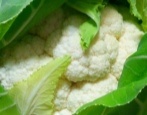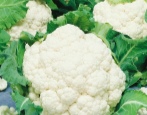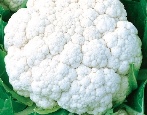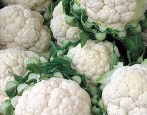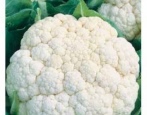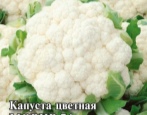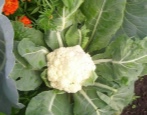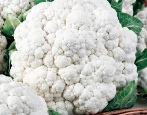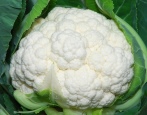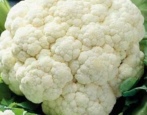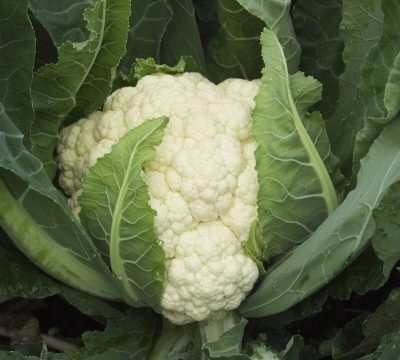
- Name synonyms: Freedom
- Year of approval: 2010
- Appointment: for home cooking, for freezing, for canning, for fresh consumption
- Leaf rosette: raised
- Sheet length: medium to large
- Leaf color: gray-green
- Sheet surface: bubbly
- Edge of the sheet: slightly wavy
- Yield: high
- Average yield: 3.0 kg / m2
Freedom is a hybrid cauliflower. It is a vitamin-rich vegetable that is welcome at any table. Fans of proper nutrition prefer to use cauliflower grown on their own without the use of nitrates in their diets. Let's find out in more detail how to cultivate cauliflower of the presented variety.
Description of the variety
This hybrid is intended to be kept outdoors. It is heat-resistant, and also tolerates temperature changes well. This variety is not particularly picky about agricultural technology, it has high commercial qualities and has a good taste.
Characterization of the appearance of the plant and heads
It is a vigorous plant with medium to large elliptical gray-green leaves. The rosette of leaves is raised, their surface is covered with bubbles, and the edges are slightly wavy. The head is round-flat in shape, weighing 1.8 kg, rather dense.
Purpose and taste
The inflorescences have a delicate texture and their taste is highly appreciated by consumers. This variety can be used for home cooking, for freezing, for canning, for fresh consumption.
Ripening terms
This is a mid-season variety, the fruits of which are ready for harvesting 70-75 days after transplanting seedlings into open ground.
Yield
Freedom has a high yield, it is able to bring an average of 3 kg of vegetables per square meter.
Growing and care
Sowing is carried out in mid-April, and young shoots are transplanted to the summer cottage in mid-May. The selected area should be well lit by the sun. The plant will thrive if legumes, grains, pumpkin crops, or onions have previously grown on the same ridge.
Avoid soils with high acidity, and if this is not possible, then reduce the acid level by applying lime. The plant will feel more comfortable in the ground with good air and moisture permeability.
Seedlings are planted according to the scheme 30x50 cm. Further, the culture should be often watered with water in a small amount every 3-4 days. The older the plant becomes, the more often it requires moisture. Adult bushes are watered every day in large portions. It is important to loosen the soil after irrigation and weed out.
The hybrid needs three feedings per season. The first is applied a couple of weeks after transplanting to the site, during this period organic matter with nitrogen, for example, a solution of mullein or bird droppings, is suitable. After 20 days, mineral mixtures are added to this composition. Another top dressing is applied at the beginning of head formation - this time, mineral compositions containing potassium and phosphorus are used.
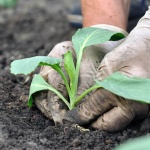
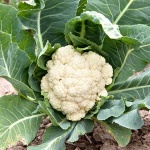
Disease and pest resistance
This hybrid has a strong immunity against disease and insect damage, but if the rules of agricultural technology are not followed, ailments can attack it too. To avoid such cases, feed the cabbage in a balanced way, treat the soil with disinfectants before planting, observe the order on the site, eliminate the old tops in time, do not ignore the crop rotation.
Use insecticides to protect your crop from harmful insects. When the heads are formed, the chemical preparations must be canceled and replaced with homemade means, for example, soapy water, a decoction of tomato tops or onion-garlic decoction.
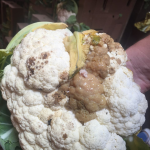
Review overview
The cauliflower of the presented variety is appreciated by consumers for its good taste. However, some summer residents note that this culture takes up a lot of space on the site, and the inflorescences are small. But this hybrid perfectly withstands sudden temperature changes and hot weather.
